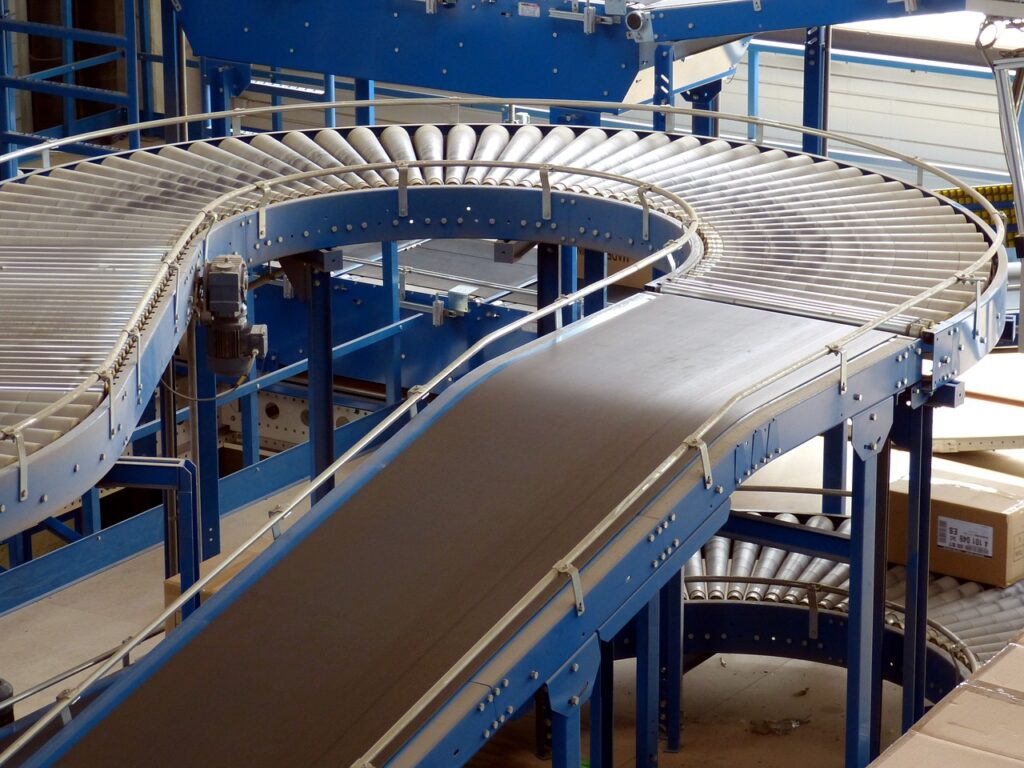From building cars and planes to food and beverage manufacturing plants, conveyor belts play an essential role in a wealth of industries everywhere.
Although they are sturdy, they do not tend to last forever, particularly in factories that need to transport tons of harsh materials every single day.
Conveyor belts can be taken for granted, given how they usually just get the job done without any hitches whatsoever.
If you feel like your conveyor belts might need to be repaired, replaced, or generally upgraded in some way, here are some telltale signs worth watching out for.
If Your Belt Is Crooked
A crooked conveyor belt could signify a huge number of issues. For example, perhaps it was manufactured with a problem in the first place, the conveyor frame is damaged or bent, or a little wear and tear has led to some unwanted debris building up on the rollers.
If you have made sure to check for material build up and realigned the frame and your belt still appears crooked, you could try cutting it yourself to make it straight.
Thankfully, if the belt does need replacing, great places like fluentconveyors.com have got you covered with a wide range of fantastic options.
If You Start to Notice Rips
One of the most obvious signs, yet nonetheless ignored by some, are tears on the surface of the belt.
It is possible to fix up some small lacerations, or tidy up a few frayed edges, but the overall integrity of the belt may be compromised if these signs are starting to show.
To avoid having your entire operation fail as a result of poor maintenance, this wear and tear must be addressed sooner rather than later. If you do happen to see larger rips, your belt likely needs to be replaced immediately.
If Your Belt Keeps Slipping
If your belt keeps slipping despite constant realignment, you may be using the wrong type of belt to move your materials.
For example, if you are using a lightweight belt that is suited for moving food materials, and you are using it to transport rocks, there is every chance the strain will be too much to handle, thus resulting in slippages.
Other reasons might include a debris build up on the rollers, or the wrong level of tension on the belt itself. If you happen to be working anywhere that experiences temperature extremes, there is a likelihood that this will affect the positioning of your belt as the machinery expands and contracts.
Too Many Repairs
While repairs can be preferable in the short-term as a cost-effective fix, if your conveyor belt system is in constant need of DIY fixes, it is probably best to think about a complete replacement.
It is worth noting however, that not every knock and frayed edge that your belt takes necessarily merits a complete replacement, so it is important to think about how it may or may not be affecting your business before shelling out.

